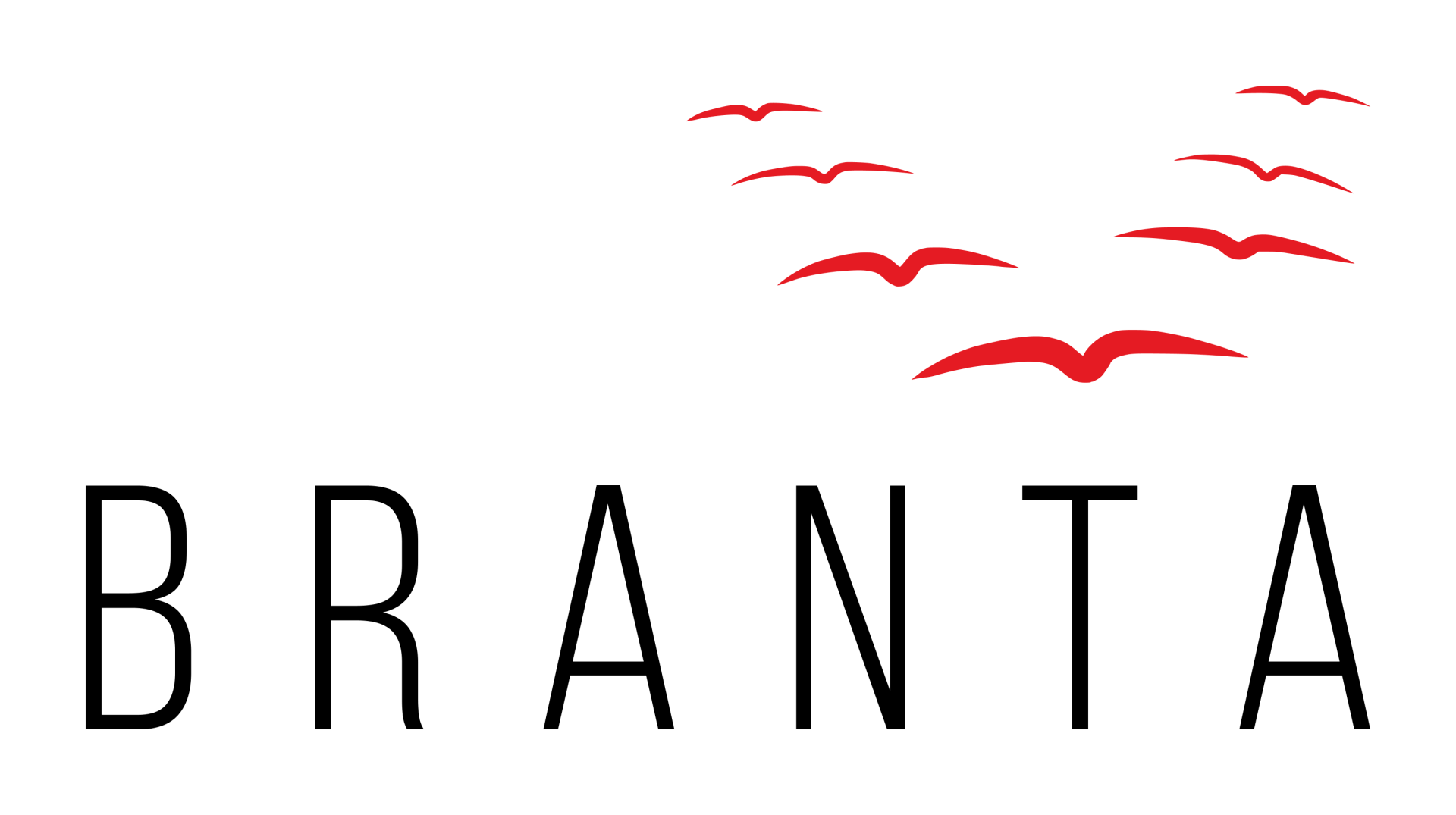How Branta Helped a UK Haircare Business Secure the Right Strategic Exit
The Challenge: A Good Business, But a Previously Unsuccessful Process
A Hampshire-based manufacturer of professional haircare products, had been exploring sale options for some time before approaching Branta. Despite its strong brand, global footprint, and growing export sales, earlier attempts to sell the business hadn’t resulted in a completed deal.
In 2024, with growth returning and the founder ready to transition into retirement, the company re-engaged the market — this time with Branta acting as their corporate finance advisor. The result was a successful sale to a larger international buyer in the same sector, with completion in March 2025.
This is the story of how the deal came together — and why structured support made all the difference.
Background: A Business with Global Reach and Ethical Credentials
Founded in the 1990s, the company manufactures sulphate-free, paraben-free haircare products designed for the professional salon market. The business is proud of its natural ingredients and ethical stance, underlined by its BCorp accreditation, and has built a strong international reputation, exporting to more than 40 countries.
By early 2024, annual revenue had reached approximately £6.5 million, with momentum building post-COVID. The chairman and majority shareholder had previously explored a potential exit without the backing of a formal advisory process.
That changed when Branta stepped in.
Branta’s Role: Structuring the Process and Managing Strategic Engagement
From the outset, it was clear that the company had a compelling proposition — but the previous efforts had lacked the process architecture needed to bring serious buyers to the table and keep them there. Our role was to:
- Clarify the shareholder’s objectives and identify acceptable deal structures
- Create a concise and anonymised teaser that reflected the strengths of the business without exposing sensitive details
- Identify, approach and engage relevant acquirers, from trade to PE-backed strategics
- Manage information flow and confidentiality protocols, including tailored NDA governance
- Support negotiations, exclusivity, and completion, while keeping the seller in full control
The chairman was actively involved throughout, managing some of the face-to-face dialogue with buyers, while Branta remained the driving force behind the process.
The Buyer: A Strategic Industry Player
After a period of buyer engagement, one group stood out. A well-established UK-based buyer, already operating in the health and beauty sector, was actively seeking acquisitions that aligned with their portfolio and ethical values.
Their interest was well-founded:
- The company’s natural product range complemented the buyer’s existing lines
- In-house manufacturing offered margin control and operational flexibility
- International reach — particularly in Europe and the US — made for a strong strategic fit
Conversations progressed quickly, with both parties showing enthusiasm and mutual respect.
The Process: Momentum, Structure, and Follow-Through
Branta’s teaser generated strong initial interest in April 2024. The buyer engaged shortly after and signed an NDA to access deeper financial and operational data. We supported both sides in moving from early-stage interest through to a Heads of Terms agreement in autumn.
From that point, the chairman handled direct negotiations — with Branta providing behind-the-scenes guidance, strategic input, and deal management. Our involvement included coordinating third parties, advising on deal sequencing, and keeping momentum during quieter phases.
The transaction completed successfully on Monday 17 March 2025.
What We Helped Solve
Deals like this are rarely about one big problem — more often, they hinge on solving lots of smaller ones. Here’s where we added value:
- Turning early interest into a structured process that buyers could commit to
- Keeping confidentiality intact while generating interest across multiple parties
- Helping the client clarify what mattered most — including post-sale brand continuity
- Providing timely advice and deal management
A strong business and a willing buyer are a great start — but it’s the process that makes a deal complete.
The Outcome
The buyer has taken full ownership of the company, with plans to invest further in brand development and international expansion. All staff and operations have been retained, and the business continues to operate independently under the company's brand.
The chairman has now stepped back from daily operations, confident that the business is in capable hands and aligned with a buyer who shares his values.
A Word from the Client
“Having tried to sell the business before, I knew how easy it was for things to stall. Chris and the team at Branta brought the right structure, energy and market insight to finally get it over the line. Their support was instrumental from start to finish.”
— Chairman
Self-Test: Could You Be Ready to Sell?
- Have you had any inbound buyer interest — and do you know how to qualify it properly?
- Do you have a clear idea of your exit goals — and how flexible you’re willing to be?
- Would your business stand up to buyer due diligence if they asked tomorrow?
- Have you tried (and struggled) to sell before — without external support?
Final Thoughts
Selling a business is never just about finding a buyer. It’s about finding the right buyer, structuring a deal that works for both sides, and keeping the process on track. The chairman's experience with the company is proof that with the right support, even complex deals can reach a smooth and successful close.
If you’re thinking about your next chapter, we’d be happy to
talk.




